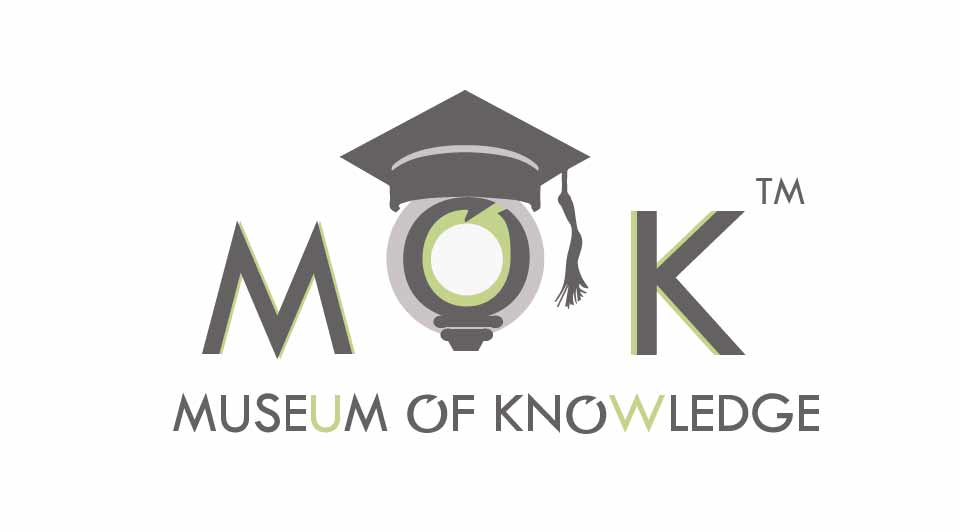The Museum of Knowledge explains how to use vosotros and ustedes in Spain and Latin America. In Spain, language speakers often omit vosotros (you plural informal) from verbal communication. In its place, the polite form ustedes (you plural formal) is more common in spoken language.
Vosotros or ustedes?
It is more common both in Spain and in Latin American to remove vosotros from dialogue altogether, meaning that a phrase such as “tenéis la opción de seguir adelante” (you have the choice to move forward) is spoken in the same way in both Spain and Latin America. This leads language speakers to add vosotros at the start of the phrase that is sometimes not used in either Spain or Latin America.
How often is vosotros used in Spain and Latin America?
Even in Spain one may rarely hear vosotros spoken, but usted is often heard used in both Spain and Latin America. For those language learners who read more classic books/ novels however they will definitely see vosotros in both Spain and Latin America used abundantly.
Spanish is a very long flowery language, with sentences always particularly long compared to Germanic languages such as English so it would not be surprising if Spanish speakers remove the word vosotros from their verbal communication to save time!




